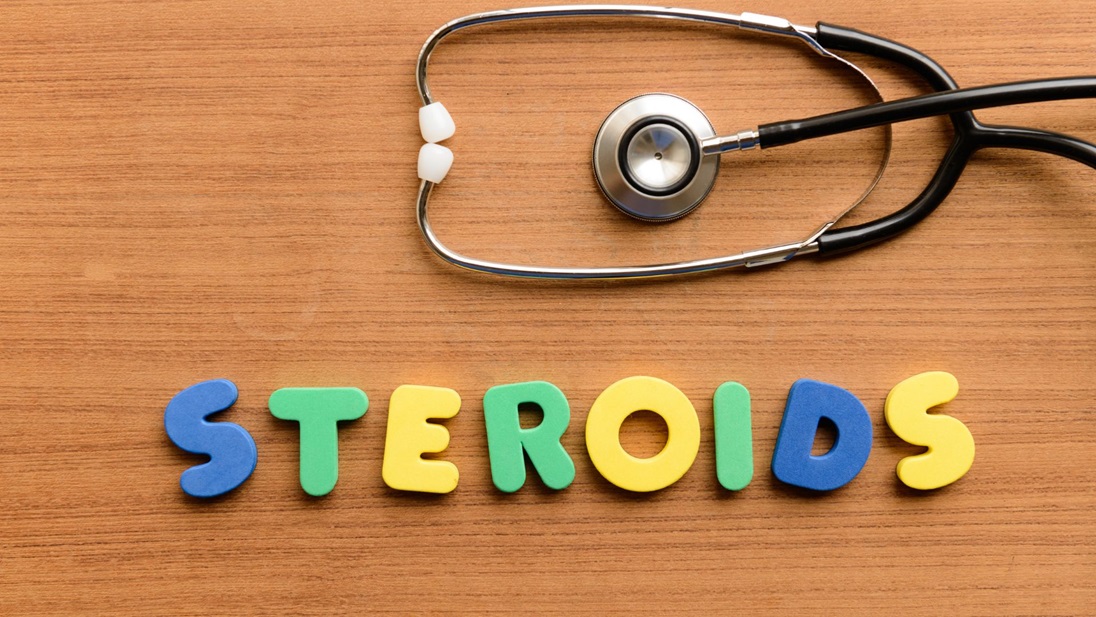A Comprehensive Guide to Chronic Pain Syndrome

Millions of people around the world suffer from chronic pain syndrome, a debilitating and often life-altering condition. Unfortunately, chronic pain syndrome is often misunderstood and underdiagnosed because it can manifest in many different ways. In this comprehensive guide, we will discuss everything you need to know about chronic pain syndrome so that you can better understand and manage your condition.
What is Chronic Pain Syndrome (CPS)?
Chronic pain syndrome (CPS) is a debilitating condition that is characterized by persistent or recurrent pain. The pain associated with CPS can be mild to severe and often interferes with a person’s ability to perform everyday activities. Chronic pain syndrome can be caused by various underlying conditions, including nerve damage, arthritis, fibromyalgia, and endometriosis. It is estimated that chronic pain syndrome affects approximately 25% of adults in the United States. In general, women are more likely to suffer from CPS than men because of the increased prevalence of conditions like endometriosis and fibromyalgia.
The Risk Factors for Developing Chronic pain syndrome (CPS)
While chronic pain syndrome can be caused by a number of different conditions, there are certain risk factors that may increase your chances of developing the condition. These risk factors include:
- Having a family history of chronic pain syndrome.
- Experiencing a traumatic event or injury.
- Having a chronic medical condition.
- Taking certain medications.
- Having a mental health disorder.
If you think you may be at risk for developing CPS, it is important to talk to your doctor so that you can be properly evaluated and treated. With the help of pain management doctors in Indiana, you will be able to find the relief you need. They will develop a personalized treatment plan that may include medication, physical therapy, and other forms of pain management.
The Symptoms of Chronic Pain Syndrome (CPS)
The symptoms of chronic pain syndrome can vary depending on the underlying cause of the condition. However, there are some common symptoms that are associated with CPS. These symptoms include:
- Persistent or recurrent pain that lasts for more than three months.
- Pain that is not alleviated by over-the-counter medication.
- Pain that interferes with your ability to perform everyday activities.
- Sleep problems.
The Treatment of Chronic Pain Syndrome (CPS)
There is no one-size-fits-all approach to treating chronic pain syndrome. The treatment plan that is right for you will depend on the underlying cause of your condition, as well as the severity of your symptoms. However, there are some common treatments that are often used to treat CPS. These treatments include:
- Pain medication
- Physical therapy
- Chiropractic care
- Massage therapy
- Acupuncture
- Cognitive behavioral therapy
- Pain management
Along with this, there are a number of self-care measures that you can take to help manage your chronic pain syndrome. You may find relief by exercising regularly, practicing relaxation techniques, and getting regular massages. It will also help to know what pain management is and how pain management doctors can help you so that you can get the most out of your treatment. Plus, by understanding your condition, you will be better equipped to manage your symptoms and live a more normal life.
The Bottom Line
Chronic pain syndrome is a debilitating condition that can have a major impact on your quality of life. However, with the help of pain management doctors and a comprehensive treatment plan, you can find relief from your symptoms and improve your overall well-being. So, if you think you may be suffering from CPS, don’t hesitate to reach out for help.











